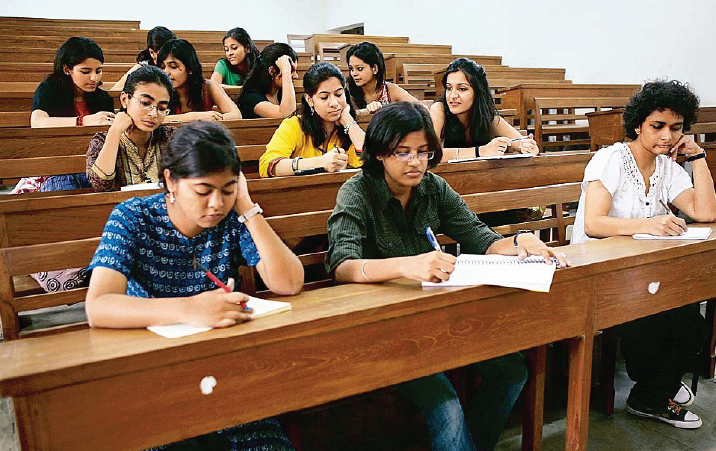Academicians have been divided over whether the University Grants Commission (UGC)’s fresh regulations on collaborations between Indian and foreign universities will prove beneficial, with some of them raising doubts over the quality of scholars and the cost involved for Indian students.
The University Grants Commission (Academic Collaboration between Indian and Foreign Higher Education Institutions to offer Joint Degree, Dual Degree, and Twinning Programmes) Regulations, 2022, will govern twinning programmes, joint degree, and dual degree programmes to be offered jointly by Indian and foreign universities.
Similar regulations were put in place in 2012 and later amended in 2016, but they could not attract major collaborative opportunities. This year’s amended regulations allow Indian universities to collaborate with foreign counterparts without requiring the UGC’s permission.
The Commission has put in a condition that only top-1000 universities as per global rankings will be allowed to partner with Indian institutes that feature in the NIRF top-100 list. The latest edition of QS World University Rankings 2022 featured only 1300 universities, while in the Times Higher Education (THE) World University Rankings 2022, over 1600 were included.
In the draft regulations, the benchmark was kept at the top 500 universities in global rankings, which has been stretched to the top 1000. On increasing the ranking band from top 500 to top 1000, UGC chairman Jagadesh Kumar said, “The increased bandwidth is only to allow more institutes to partner and offer more choices to the students.”
Former vice-chancellor of the Central University of Punjab, RK Kohli, believes that the new regulations will open the doors to foreign universities but will not improve graduate quality.
“We are trying to compete with countries like China in increasing the gross enrolment ratio (GER), but the ground reality of most of our institutes is very different and in shambles. Providing more options for students to pursue different degrees is not going to solve the increasing employment rate,” Kohli told indianexpress.com.
Pradeep Kumar Choudhary, an assistant professor at the Zakir Husain Centre for Educational Studies of Jawaharlal Nehru University (JNU), said that the regulations may improve the institutional mechanism for social sciences students to get international exposure as currently, the “scope is limited”.
“The National Education Policy (NEP) 2020 allows a bachelor’s student to become eligible to pursue a PhD programme. For such students, it will be beneficial, but the quality of scholars at the research level may become questionable. In such a scenario, there is no certainty if and to what extent these foreign universities would welcome Indian students to utilise their resources. Historically, top foreign universities hardly host Indian faculty and students as it involves huge costs. So, the funding pattern has to be clear for students to make the best use of such opportunities,” said Choudhary. “If students have to pay for these foreign exchange programmes on their own, then this will create further inequality in the education system,” added the JNU professor.
The UGC has not yet released the fee structure of any of the courses. However, the Commission has said that the fee structure would be reasonable to make quality higher education accessible and affordable to all sections of society.
Kohli also shares concerns regarding the finances. He said, “In the past, almost every university has signed at least one MoU with a foreign varsity. How many of these partnerships have been truly effective? We must be cautious… these universities may end up making money out of our students while we may just get happy with ‘foreign degrees’.”
However, Rama Shanker Dubey, vice-chancellor of the Central University of Gujarat, said that it will prove to be a “good” opportunity for universities with limited resources to collaborate with top varsities from across the world. “Until now, the partnerships had limited purpose, but now the ambit will expand from research collaboration to full-fledged joint degree programmes.
“There are many areas in science, technology, innovation, environment, etc where different countries face different challenges. To know each other’s best practices and solve problems from a common perspective will be beneficial for everyone beyond borders,” added Dubey. On the issue of increasing the eligibility band, he said that top-1000 is good for a start and it may be reduced to top-500 as the competition to collaborate increases.
Courtesy : The Indian Express
